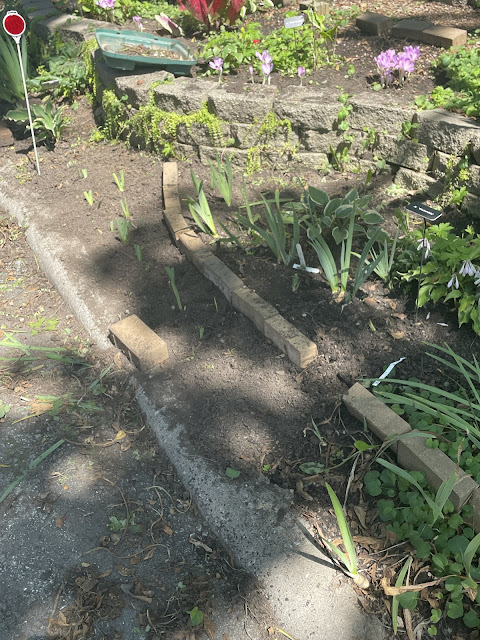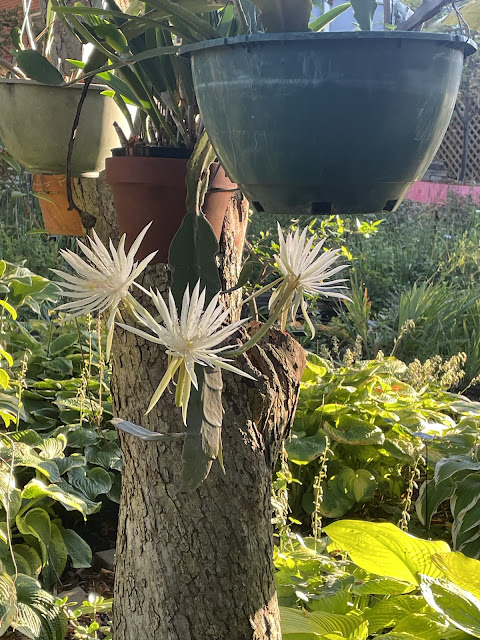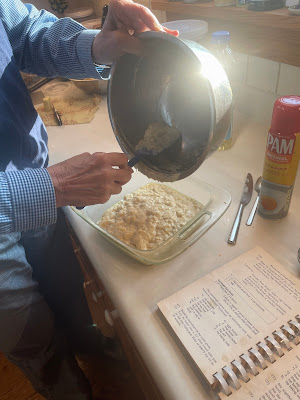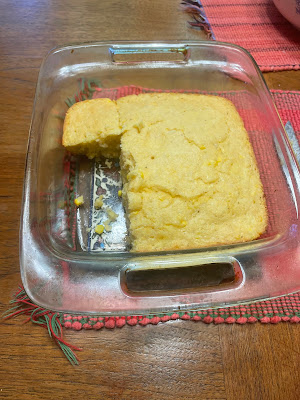Welcome September
Some say this is the best month. That is not just because my birthday is in September. It is cooler in September. Certainly this past week has given me a real appreciation of temperatures in the 50's. Several days midweek the bank said it was 100 degrees when we left work. This long weekend the lows will see lows in the 50's. The cool continues into this next week, with even a 47 appearing in the iphone weather forecast.
It was glorious gardening yesterday morning. We had an inch of rain Thursday night. The ground was so workable. I am ressetting some of the dwarf iris beds.
The garden has certain places where there is an infestation of creeping bellflower, aka the zombie weed. The formal name is campanula rapunculoides. It gets into everything in its path, growing a root that can become the size of a carrot. You cannot weed it from the surface. You have to dig the entire area up and then, by hand, separate out the weed from the iris (or whatever.)
So I am resetting the iris beds, doing 5-10 square feets at a time. There is a lot of stooping involved.
But thinking about little iris is the motivation. Remember them? This actually is the time to divide and replant them. You want to miss the heat of the summer, but have enough time for roots to settle in.


In the background of the picture of the bed being reset, you might have noticed the fall crocuses. They started last week and are now all up.
These first ones are actually colchicum. What are they exactly? Well, they are in the colchicum genus in a family by almost the same name. They grow from a "bulb like corm." How that differs from a corm or a bulb I am not prepared to puzzle out today.
I just dug up some colchicum up to sell. What was underground looked like a bulb that was maybe 1.5 inches wide.
I have the pink ones, which I think are called Giant. I got them probably 25 years ago. That is long enough for me to have spread them around the garden.
In the spring they send up daffodil like foliage, with no flowers. In the fall they have only the flowers.
They are rather expensive. That would be $4-5/bulb. This compares to the real fall crocuses that are much less than a dollar per blub.
There are white ones, which I should get at some point. There is one nice thing about colchicum and the actual fall crocuses. You can buy them now and they will bloom right away. (As oppose to most bulbs which you buy in the fall and then they bloom in the spring.)
They are sometimes, such as in this blog, referred to as fall crocuses. Colchicum are not actually in the crocus family. (There are fall crocuses that are actually in the crocus family.)
Colchicum are often the first thing to show up in the new garden season. This was from December 22, 2023. (We had a very warm winter.)
These pictures are from 2007-2008
One difference between colchicum and fall crocuses is that the fall crocuses do not send up their foliage in the spring.
Here are other pictures from the week
This lupine is mostly finished. It has been suggested that I particularly save some of its seed. Maybe it would produce a real reblooming lupine.
Julia's recipe
Cornbread with corn
As I have said, we buy usually buy a dozen ears of corn every Saturday during sweet corn season at the farmer's market. So we usually have have leftover sweet corn. We occasionally set a couple of ears aside to steam and eat later in the week. But there is still more, which I cut off the cob and freeze or cook with in the following week. Recently, we had enough corn kernels to freeze one quart with about 1-1/4 cups left over. Kind of leftover of the leftover. I had thought about making cornbread with corn in it earlier this summer. I had run across a recipe on the internet, but I did not like it so much. The resulting cornbread did have corn kernels in it, but overall the cornbread was of the dry and crumbly variety. Not what I was looking for. So this time, I turned to my favorite cornbread recipe - moist cornbread, the recipe for which is on my blog. I tweaked it some and the resulting cornbread was great - moist and somewhat soft (as opposed to dry and crumbly) with the added pleasure of corn kernels.
Odds and ends
What is your favorite month? And why? I do think September would make the top 3. I think my favorite month would be April. There really is nothing better than the early spring garden, with the warming temperatures. The worst? Maybe July or February.
Corn sweats. Who knew?
The plant sale for the food banks continues. I sometime wonder if it takes too much time. I do love it when people bring stuff. I also love finding money in the mailbox when we come home for lunch. (That is the designated drop box,)One can list the signs of fall.


























3 comments:
Wonderful photos this week, but the colchicums are stunners.
Gotta love corn kernels in cornbread. This reminds me a bit of arepas, the wonderful Venezuelan/Colombian corn cake. They are made not just with corn flour but with fresh corn kernels in a variant called cachapas. Cachapas are one of my favorite sweet breads. Here's one recipe (which I haven't tried): https://myfoodstory.com/cachapas-venezuelan-corn-pancakes/
So many luscious flower photos this week (also caladium!), and the amount of labor you put in is obvious. I can't imagine digging up all those beds to that depth and wrenching carrot-like roots out of the ground. That's hard work, even if the soil is loosened by rain.
Julia, that cornbread looks wonderful. Yum. I like to keep some cornbread in the freezer, cut up into little squares, so it's there when we need it. I'll bet your recipe freezes well.
That was me, Pat., not Anonymous. I keep doing this wrong! PS: I took a look at that recipe David mentions. Wowza.
Post a Comment